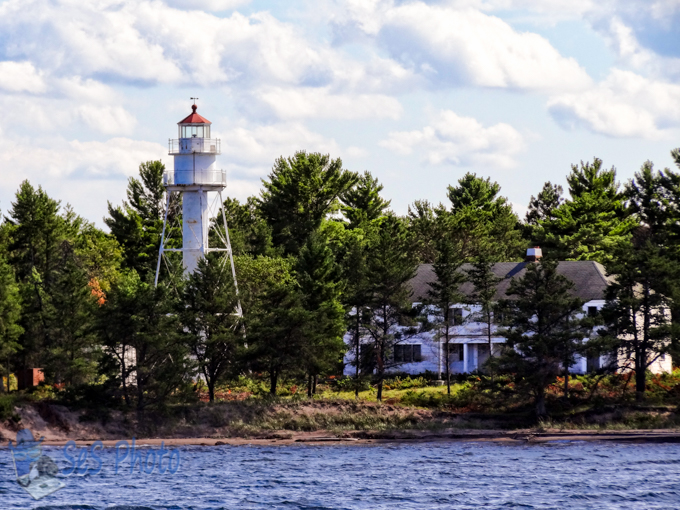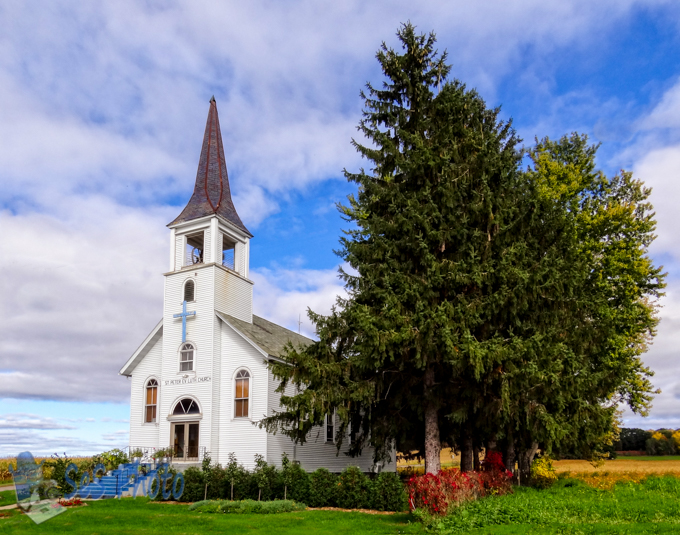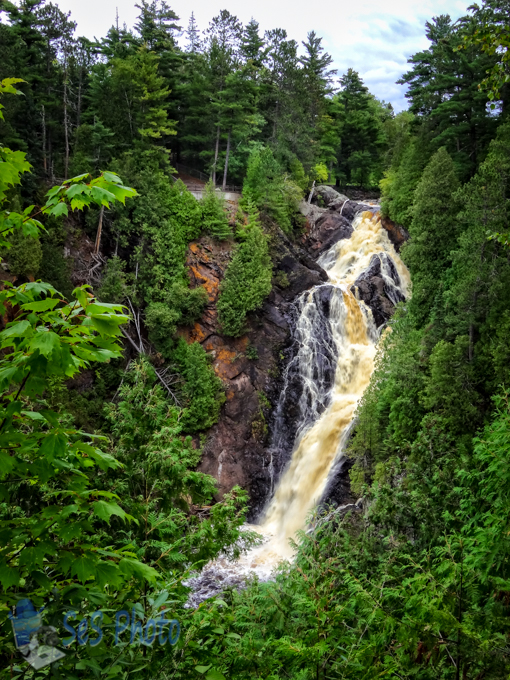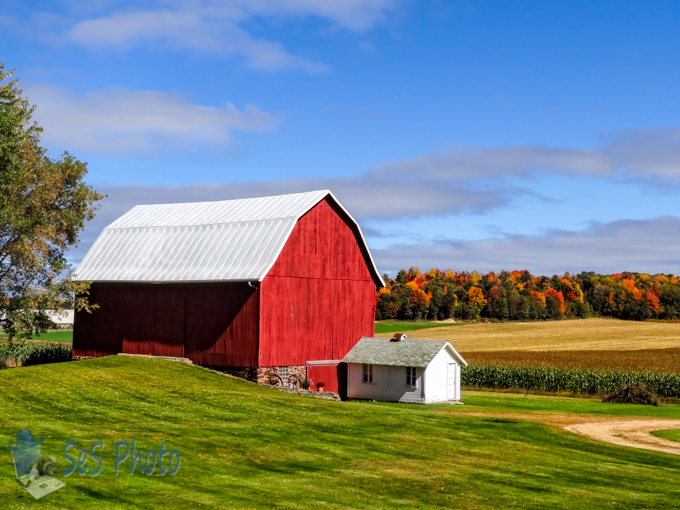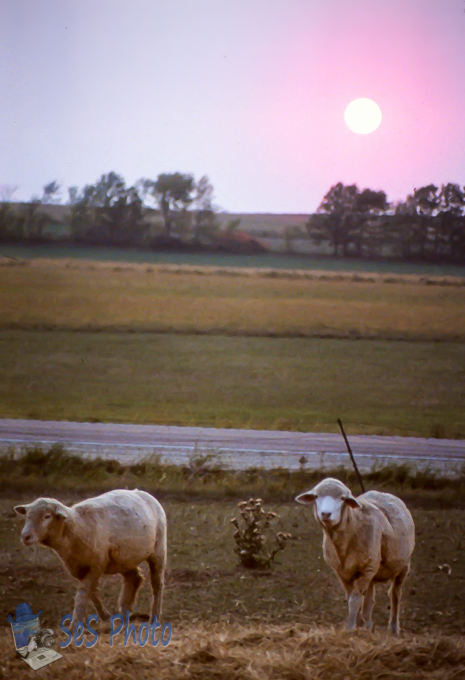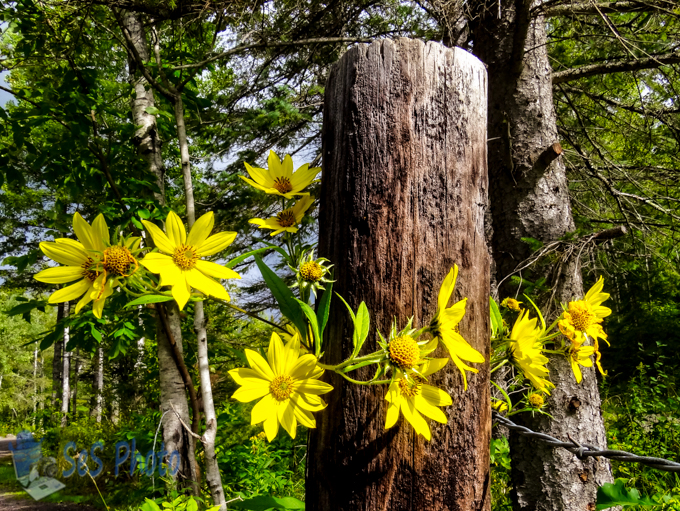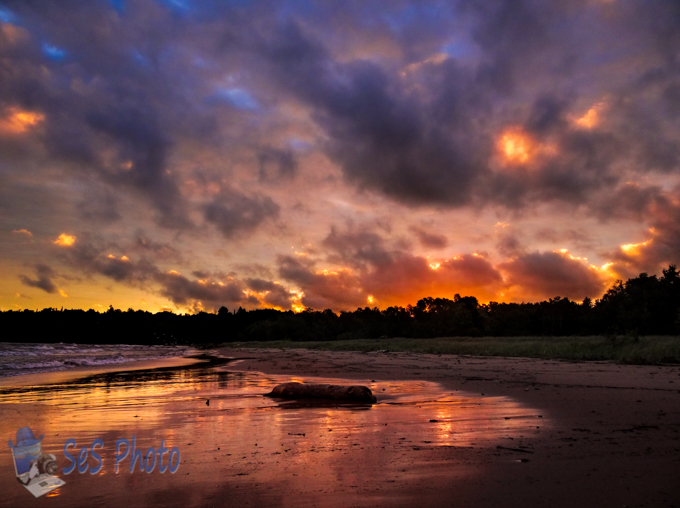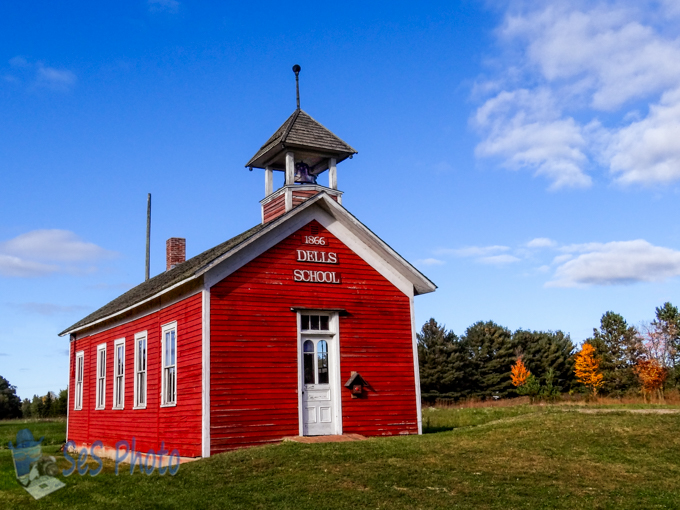A lighthouse was approved to be built on Long Island, one of the Apostle Islands, but the work crew was directed to Michigan Island instead so after the ‘misplacement’ of the lighthouse, the small, wooden structure LaPointe light was hastily erected in 1858. Near the end of the century, it became clear that the diminutive 34-foot tall tower was no longer serving the needs of maritime traffic.
When the shipping focus shifted to Ashland, a second light was needed on Long Island and a fog signal. In 1897, the “New” LaPointe light, a 67-foot cylindrical tower, was constructed as well as the Chequamegon Point light a mile away with the lighthouse keepers walking between the two. The old LaPointe lighthouse served as the living quarters for the keepers until a triplex apartment block was built in 1940.
The new LaPointe Light, a fixed white light fourth-order, Fresnel lens, was lit on October 11, 1897, the same day Chequamegon Point Light was established.
LaPointe Light
